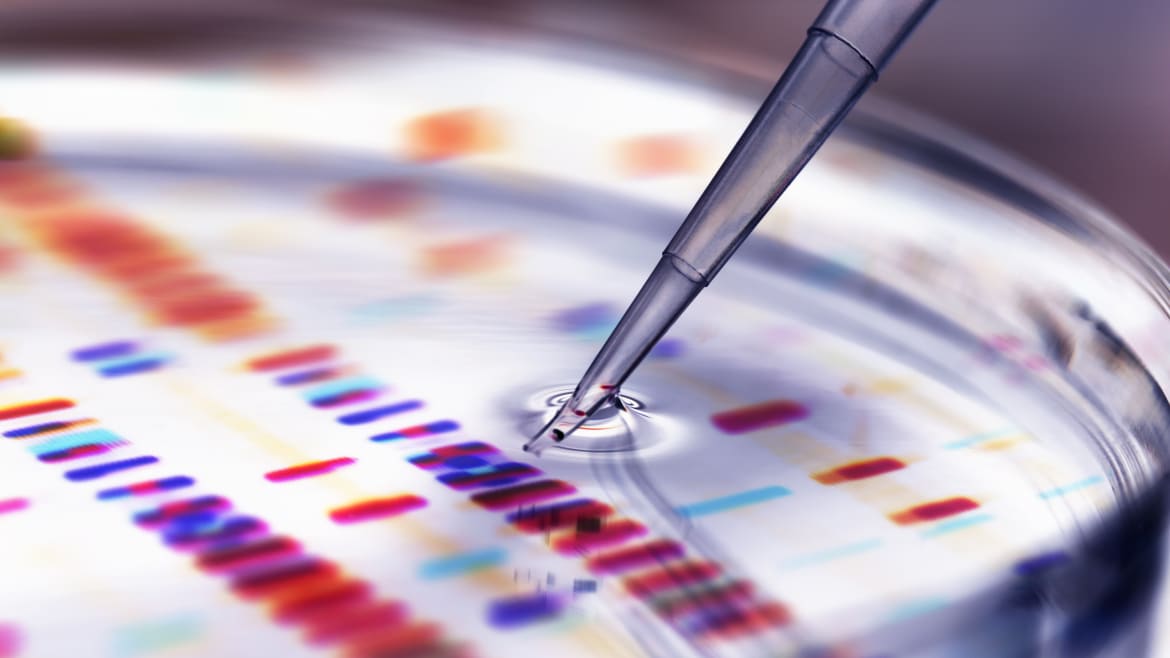Courtesy of Getty Images
Scientists have created a new technique that allows them to “switch” genes on or off like a light—which could open the doors to more effective and safe gene therapy.
A team of researchers at Baylor College of Medicine published a study in the journal Nature Biotechnology that details how the technology allows them to regulate gene expression. This means that the switch tells genes to produce proteins, which can be used for everything from repairing broken tissue to performing key chemical reactions like energy creation.
This process also helps solve issues with traditional gene regulation methods. This process often requires introducing foreign proteins into human cells, which can be rejected by the body’s immune system.

